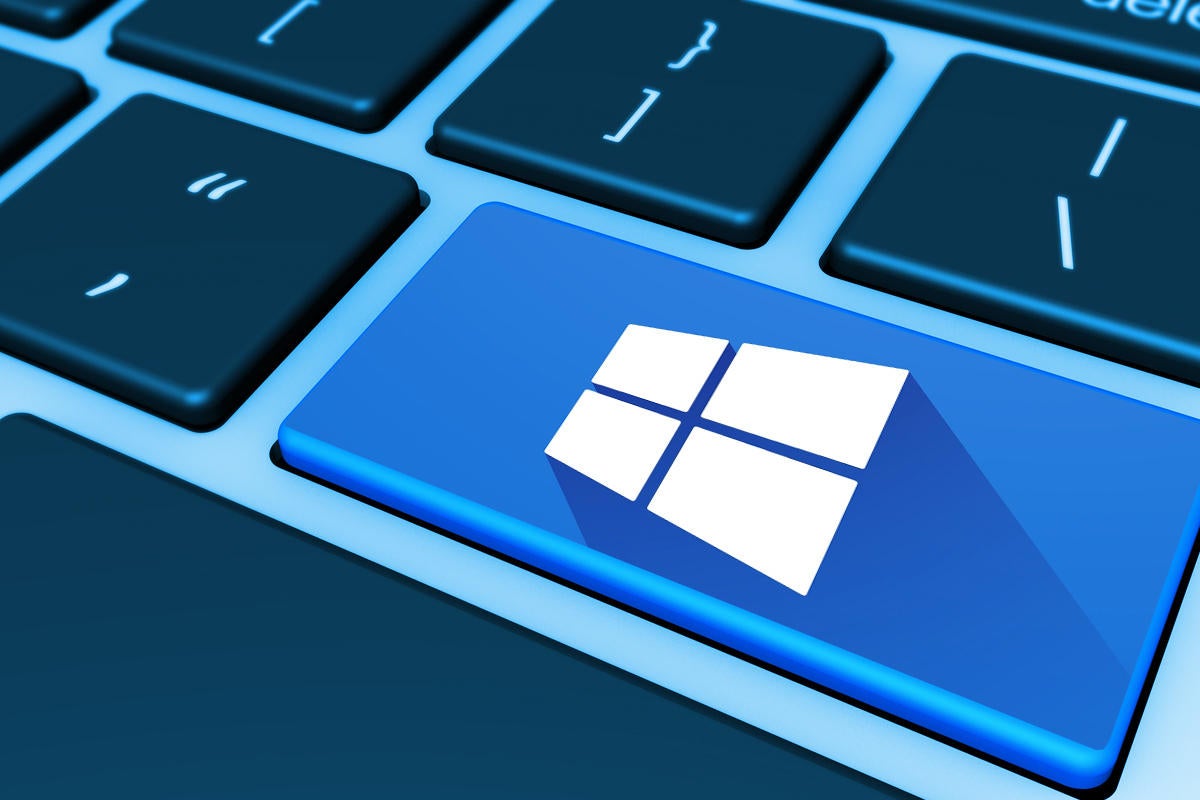Can I Roll Back Windows 10 to Windows 7
Windows by the numbers: Windows 10 rolls on past 70%
Windows 10 accounted for 72.2% of Windows-only machines in October, according to U.S. analytics vendor Net Applications. At that rate of growth, it will run three out of four PCs by the end of January.
![]() By
By
Senior Reporter, Computerworld |

Show More
Windows 10 breached the 70% share barrier last month when calculated as a portion of Windows-only desktops and laptops, putting the operating system on track to account for three out of every four Windows PCs by the end of January.
According to U.S. analytics vendor Net Applications, Windows 10's share jumped by 2.8 percentage points, the most since January, and ended October on 64% of all systems. When figured as a fraction of Windows-only machines, Windows 10 accounted for 72.2%, a record for the five-year-old OS. This second number is the more important of the pair, as it provides the most accurate representation of Windows 10's position within the business universe, where runs-on-Microsoft remains central.
(Windows 10's percentage of only Windows PCs was larger than the percentage of all personal computers because Windows did not power every system last month. In October, Windows was the OS on 88.8% of all PCs worldwide, up one-tenth of a percentage point from September. Of the remaining 11% and bits, all but a picayune 10th of a point ran macOS, Linux or Chrome OS.)
Windows 10 has been piling up the share this year, pandemic and business chaos be damned. Through the first 10 months of 2020, Windows 10 has added 10.7 percentage points of share, representing a 20% increase.
Meanwhile, Windows 7 took a dive almost as steep as Windows 10's climb.
Windows 7 lost 2.4 points of share, plummeting to 20.4% of all personal computers, representing 23% of Windows-only PCs. The downturn was the largest one-month decline since January 2020 and the final number was a record low for Windows 7 on its post-2015 swan song.
So far this year, Windows 7 has shed 9.2 points of share, which represents a 31% decline in the operating system since January 1.
Windows 10 shoots for 80% by mid-2021
The major changes to Windows' shares upended the forecasts Computerworld made as recently as a month ago.
Windows 10's prognostication skewed upwards compared to the one issued at the beginning of October. By April, Windows 10 should account for more than 78% of all Windows, up two percentage points from the previous prediction. Come June 2021, Windows 10 should own 80% of all Windows editions, a point above the former forecast.
On the other hand, Windows 7's decline-of-doom will continue. The now-retired OS will slip under the 20% mark (of all Windows) in February 2021, two months sooner than had been expected. And by August, the operating system should be below 15%, two points lower than the forecast of a month ago. (At the end of January 2021, near the one-year anniversary of its retirement, Windows 7 will account for about 20% of all Windows, a couple of points under October's estimate.)
Elsewhere in Net Applications' numbers, Linux rebounded after two consecutive months of losses, adding seven-tenths of a percentage point and bringing its total share up to 2.2 points. While that was below its peak of 3.6 points in June and July 2020, it put paid to the Computerworld theory that the sudden growth of the OS (Net Applications tallies all distributions) was little more than the aftereffects of an open-source daydream.
As Linux again jumped, macOS took a drubbing, losing 1.3 points — a one-month record — to end up licking its wounds at 8.4%, the lowest mark of the last three years.
Net Applications calculates operating system share by detecting the agent strings of the browsers used to reach the websites of Net Applications' clients. The firm tallies visitor sessions of those browsers to measure global operating system activity.
Or it used to.
At the same time it published October's share numbers, Net Applications announced that it was pulling the plug on its OS metrics. "October 2020 is the last month of data," the company said. "Why? An upcoming change in browsers will break our device detection technology and will cause inaccuracies for a long period of time."
The change Net Applications cited would remove much of the agent string information used not only to compile analytics such as operating system share, but also by advertisers and/or scammers to "fingerprint" individuals so that they can be more thoroughly tracked as they conduct their online lives.
Computerworld has not yet decided whether to continue the "Windows by the numbers" series, and if so, which alternate data source might be used.
Stay tuned.
Can I Roll Back Windows 10 to Windows 7
Source: https://www.computerworld.com/article/3199373/windows-by-the-numbers-windows-10-rolls-on-past-70.html
0 Response to "Can I Roll Back Windows 10 to Windows 7"
Post a Comment